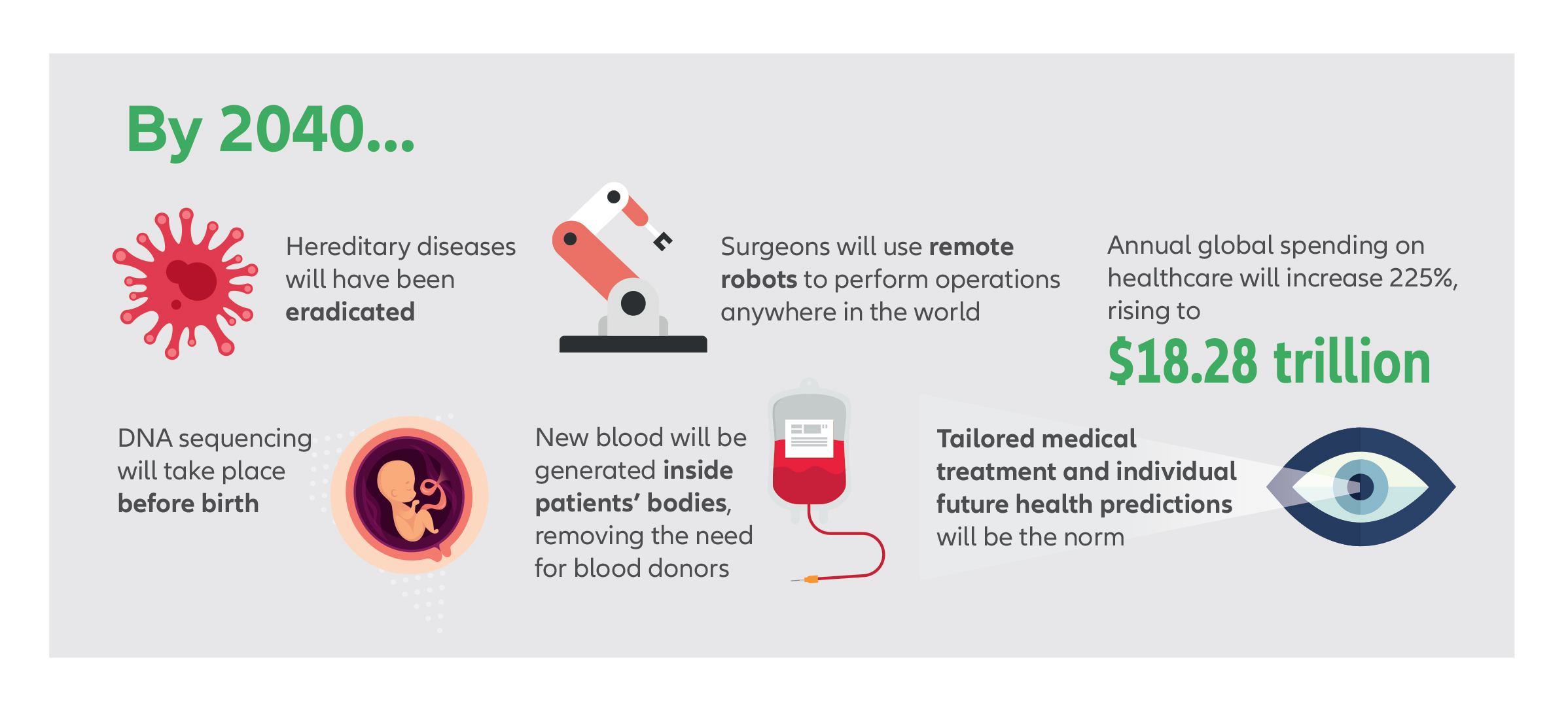As smartphones get smarter, connectivity gets quicker and social media, sharing economy services and mobile payments gain ground, socioeconomic changes are inevitable. Traditional business models of industries such as hospitality, mobility and financial services are being challenged and digitalization is changing the way we work, play and even find love.
On the business side, the so-called ‘network effect’ inherent to internet-based businesses is giving startups a chance to get rich and successful quickly. But the future of employment has many worried.
Even though AI and automation will shrink workforces by 2040, the need for the human touch won’t die, says Hammond. There will be new avenues for employing humans. Think life coaches, tattooists, pet mentors, fitness trainers... Some of today’s most important jobs are not considered ‘work’ and pay no salary - motherhood, caregiving for family, being a homemaker or a child-minder. Such roles might be reassigned occupational value, Hammond says. As such, the range of services provided by humans will widen.
After the mid-2030s, the wave of digital disruption will have become overwhelming, according to Hammond. That’s when many people will be unable to find paid work. But machines will generate wealth and taxes on this wealth will fund societies. To wit, the world’s six most valuable companies today are in the technology sector. Robot taxes may fund a ‘Universal Income’ for those unable to find jobs.




